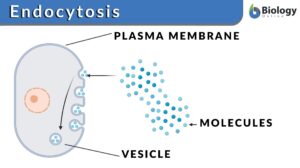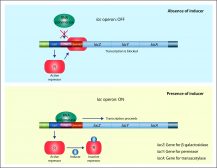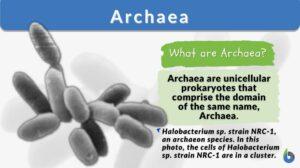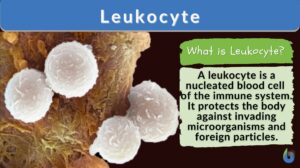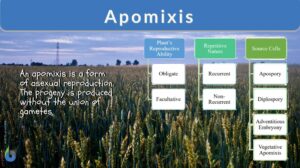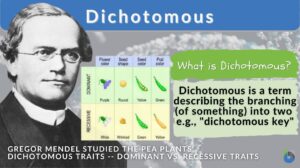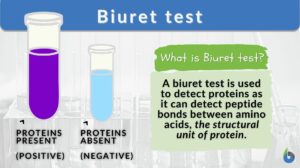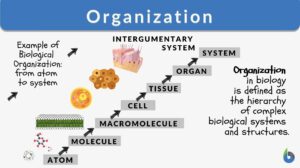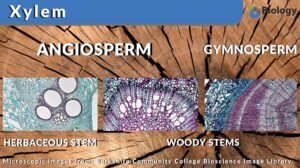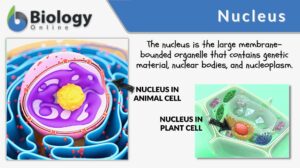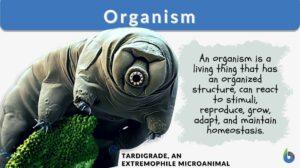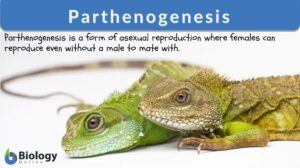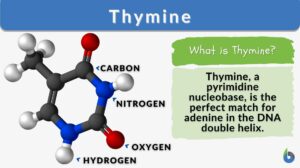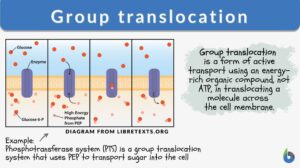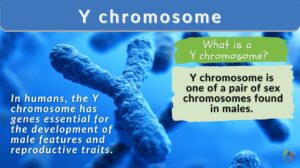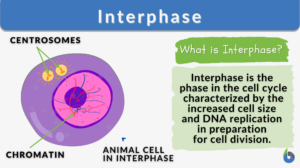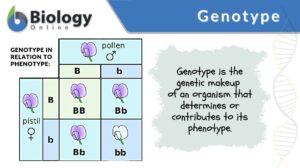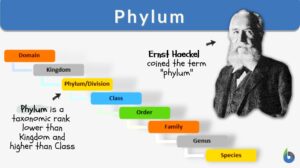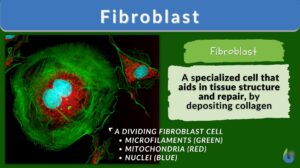Search Results for: absent
Nervous System
THE is the most complicated and highly organized of the various systems which make up the human body. It is the... Read More
Endocytosis
Endocytosis Definition What is endocytosis in biology? Endocytosis is a cellular process by which a cell internalizes any... Read More
Peristalsis
What is Peristalsis? Peristalsis is the series of involuntary, wave-like muscle movements in the cylindrical, hollow tube... Read More
Gene Action – Operon Hypothesis
Reviewed by: Mary Anne Clark, Ph.D. Some genes are switched on or off depending on environmental conditions. The... Read More
Dichotomous
Several English words are widely used across different fields of Science. One such term is dichotomous. We often use this... Read More
Metaphloem
Definition noun, plural: metaphloems A component of the primary phloem that develops often following the differentiation of... Read More
Biuret test
In this article we will answer the following three questions: What is a Biuret Test? What does biuret test for? What is... Read More
Prop root anatomy of Philodendron bipinnatifidum Schott (Araceae)
Prop root anatomy of Philodendron bipinnatifidum Schott (Araceae) VIANNA, Wânia de Oliveira, SOARES, Marli Kasue Misaki... Read More
Biodiversity
Biodiversity Lead Author: J. Emmett DuffyThis article has been reviewed and approved by the following Topic Editor: John... Read More
Organization
Organization Definition The meaning of the term "organization" is very simple. It means the state wherein things are... Read More
Digastric muscle
Digastric Definition The digastric muscle is a paired muscle located under the jaw, consisting of the anterior and... Read More
Hooded prepuce
Hooded prepuce incomplete circumferential formation of foreskin with a dorsal component (the dorsal hood) but an absent or... Read More
Accumulation
Accumulation The action or process of accumulating, state of being or having accumulated, a collecting together. (Science:... Read More
Alimentary canal
Definition of Alimentary canal What is the alimentary canal? The alimentary canal is a muscular hollow continuous tubular... Read More
Dinoflagellate
A dinoflagellate is a flagellate algae characterized by their two flagella of unequal length. One of the flagella is lying... Read More
Parthenogenesis
To reproduce, by definition, means to produce new offspring. The process is referred to as reproduction, which is one of the... Read More
Group translocation
Group Translocation Definition Just like your “home” is a private place where you and your comfort are maintained due... Read More
Y chromosome
Y chromosome Definition The Y chromosome constitutes one member of the pair of sex chromosomes within an organism, a common... Read More
Interphase
Interphase is the critical period in the eukaryotic cell cycle characterized by a sequence of events like the G1 phase where... Read More
Gag reflex
Definition noun, plural: gag reflexes A reflex contraction characterized by retching or gagging when a foreign body comes in... Read More
Gratuitous inducer
Gratuitous inducer (Science: molecular biology) a gratuitous inducer is a molecule which is structurally similar to another... Read More
Cell adhesion
Cell Adhesion Definition Cell adhesion is the process in which a cell uses a specialized complex of proteins to get... Read More
Fibroblast
The building block of living things is known as the cell. The cell contributes to many parts and functions of different... Read More


